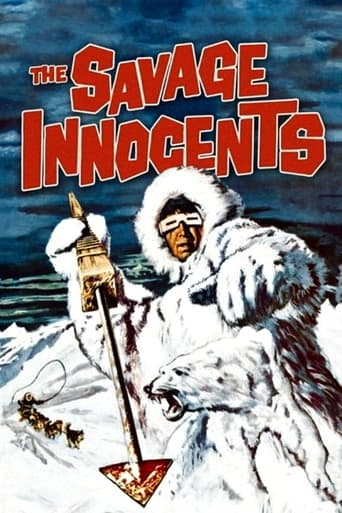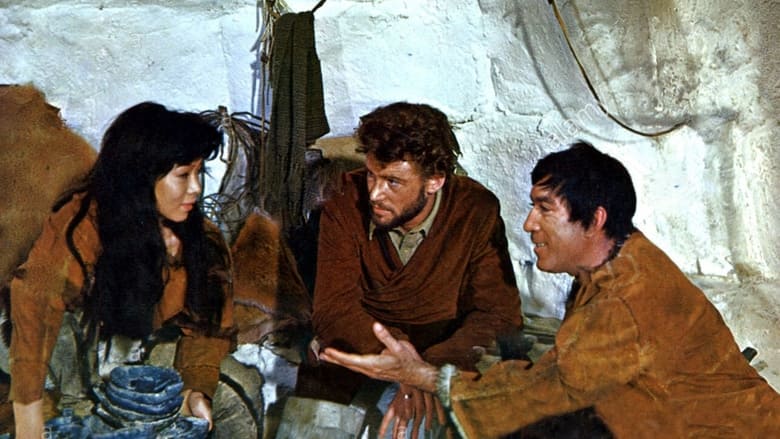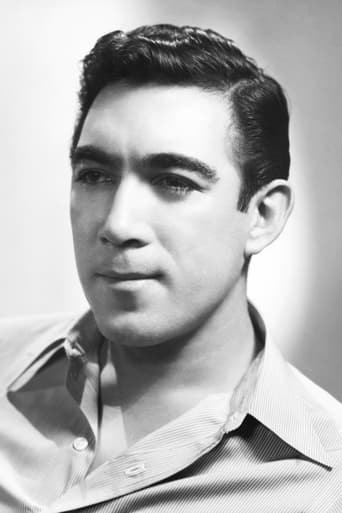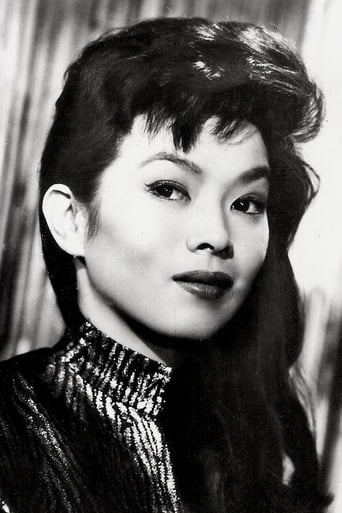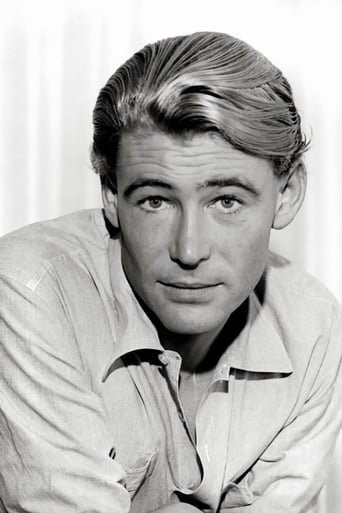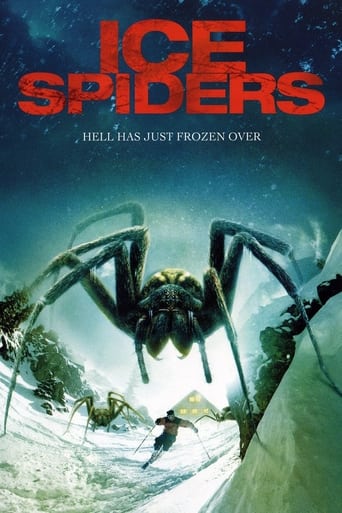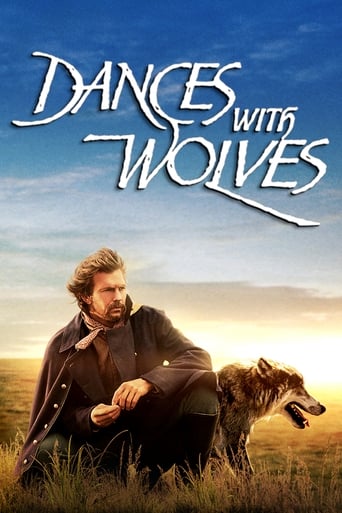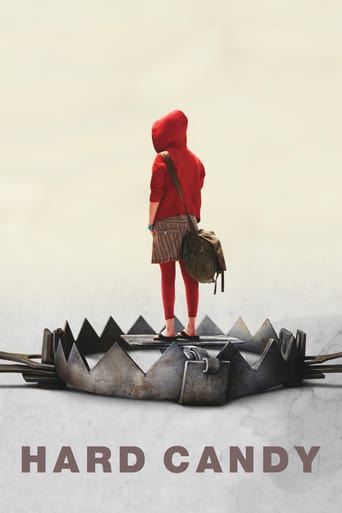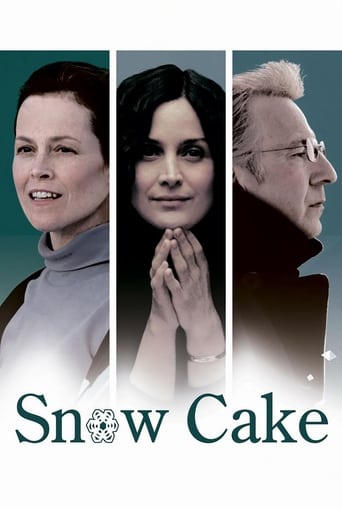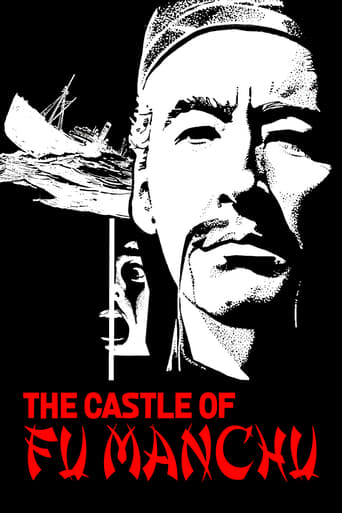The Savage Innocents (1960)
An Eskimo who has had little contact with white men goes to a trading post where he accidentally kills a missionary and finds himself being pursued by the police.
Watch Trailer
Free Trial Channels
Cast


Similar titles
Reviews
Pretty Good
One of the best movies of the year! Incredible from the beginning to the end.
Story: It's very simple but honestly that is fine.
Strong acting helps the film overcome an uncertain premise and create characters that hold our attention absolutely.
This movie serves primarily to showcase the versatility of veteran actor Anthony Quinn, who has portrayed characters of almost every ethnicity (Italian, Greek, Mexican, Native American, Arab,Filipino, just to name a few). Here he plays the role of Inuk, a typical Eskimo (Inuit) who lives and thrives in one of the harshest of climates, the Arctic, a perennial wasteland of ice and snow, where they have to subsist on the raw flesh of the native fauna such as seals, walruses and fish, as well as endure subzero temperatures and utilize the scant resources at hand. Yet for all the unforgiving nature of the environment, the Inuits are depicted as a warm-hearted, cheery lot who are content as long as they have sufficient food to go around and have the company of friends and relatives, and - in the case of the men - a woman to snuggle up to under the blanket and "laugh" with (a euphemism for carnal relations). Yet this wonderful cinematographic masterpiece is not without its flaws. Though the Eskimo culture is quite alien to most 'city slickers', one can obviously observe the inaccuracies and misconceptions of their way of life generated by this film. For instance, it is hard to believe that Inuk and his wife could be so naive as not to know that a baby is naturally toothless at birth which is not the result of some broken taboo, nor can viewers find it conceivable that their customs dictate that the old and infirm are mercilessly abandoned to exposure to the elements (or to be devoured by polar bears in this instance)when they begin to pose a burden to the family. That said, one can't help but empathize with the character of Inuk (whose name actually refers to all Inuits in general), admire his hunting prowess and survival skills, laugh at his foibles and follies and understand his adherence to traditional customs as that is all he knows and believes is right. It is also an insightful study of how the influence of white Western ways have a paradoxically beneficial and detrimental effect on indigenous cultures,as seen in the part where Inuk and his family visit the trading post.For those who prefer to concentrate only on the negative aspects (thereare indeed some stomach churning scenes such as the missionary beingserved food infested with maggots, which the Inuits consider gourmet,and the unseen but implied slaying of a dog to save a man's life), a second and perhaps third viewing is highly recommended.
"The savage innocents" is Ray's last real movie, his two epics "King of Kings" and "55 days at Peking" ,in spite of their (often unfairly overlooked) qualities cannot be called "Nicholas Ray' s movies .The rest of his filmography includes a movie made with his students and the questionable Wenders collaboration "lightning over water" .Not only Ray was the director whose influence was huge on the rock generation ("Rebel with a cause " was the first movie which rocked ,a feat for it was a work which did not include songs)but "savage innocents" inspired Bob Dylan a song which Manfred Mann made a big hit in the sixties.Mighty Quinn indeed.Anthony Quinn was par excellence the perfect good all-around.a cursory look at his filmography is revealing:from Fellini's "La Strada" to his portrayal of Quasimodo in the French version of "Notre Dame de Paris" (Delannoy) From Barrabas (Fleischer)to an Eskimo.Like so many Rayesque heroes ,Inuk does not follow the rules :in a way he is akin to the youngsters of "Rebel" ,to Davey Bishop ("Run for cover" ),to Nick ("Knock on any door" ) and of course to the outlaws ("the true story of Jesse James") .But anyway Inuk cannot follow the Whites' rules for ,in his naive innocence,he is incapable of understanding them,which proves they are not universal.Margaret Mead had already showed that what is good and what is bad is not the same wherever you live in the world..My favorite scene is the priest trying to make the "savage" understand that he's lived a life of sin: what can a tale of long ago and far away mean for a man whose life is a constant struggle against a hostile nature ? It's the same pragmatism which we find in Luis Bunuel's Oeuvre."The savage innocents " is half documentary half fiction;the documentary side shows its age :correct me if I am wrong but "Eskimo" (=raw meat eater) is not a term the Inuit would appreciate nowadays.Besides,they did not live in igloos which were only used during the hunting season.Entirely filmed in studio ,the pictures are magnificent though,a real symphony in white.The white color dominates everything (tinged with blue)except for this extremely moving scene when it turns black when the old woman is left in the snow to die (it will remind the young cine buffs of Imamura's "Narayama Bushiko" (1983))."The savage innocents " sets the nature and its quietness -although it's a cruel mistress;when you fight a bear,it's you or him-against the "civilization" here represented by alcohol,pop music ,money and the Law.Ray had already been an ecologist ahead of his time in "Wind across the everglades" These two works are like "twin movies" and should be seen one after the other.After all "King of Kings" was also perhaps a Ray movie:Jesus himself was not born to follow the rules.
I saw this movie in its original release, ca. 1960, while living in Canada. We didn't see it so much a drama as an exposition of Eskimo (now Inuit) culture, behavior, and mores that used the story line as a vehicle to help in that process. And, of course, it is visually stunning.A story I heard at that time claimed the reason the secondary roles are not played by Eskimos was that they didn't have the concept of lying in their culture, and acting -- pretending to be another person, as opposed to taking on the role of, say, a seal in a story-telling activity at a communal gathering -- requires that one, essentially, lie. That is, the claim was that the casting staff could not find an Eskimo that could act.There are episodes in the portrayal that seem over-acted, but that opinion may be a result of my not having personal experience with how Eskimos would actually behave in the activity being portrayed in those scenes. But the scene of death and survival after the sled breaks through the ice is, to coin a phrase, chilling. Asked for help to save the soaked Mountie, Quinn, in the lead Eskimo role, responds, "That man is dead." And then you watch the Mountie freeze to death in under two minutes. Very powerful.Highly recommended.
Once again, cruelty to animals is exploited in this film when our hero, played by Anthony Quinn, after driving his sled dogs across the cold plains, decides to cut them open, alive, to keep warm. What a horrible scene that was. The screaming of the animals as they one by one were cut open so the likes of our hero can save his own skin by sticking his hands into their warm blood. Ugh!It made me sick! I saw no entertainment in this sort of film and turned the thing off. I wish the public would stop paying admission for films like this. It only encourages other producers to follow suit. A definite downer to watch. Glad it was on television so I could change channels.

